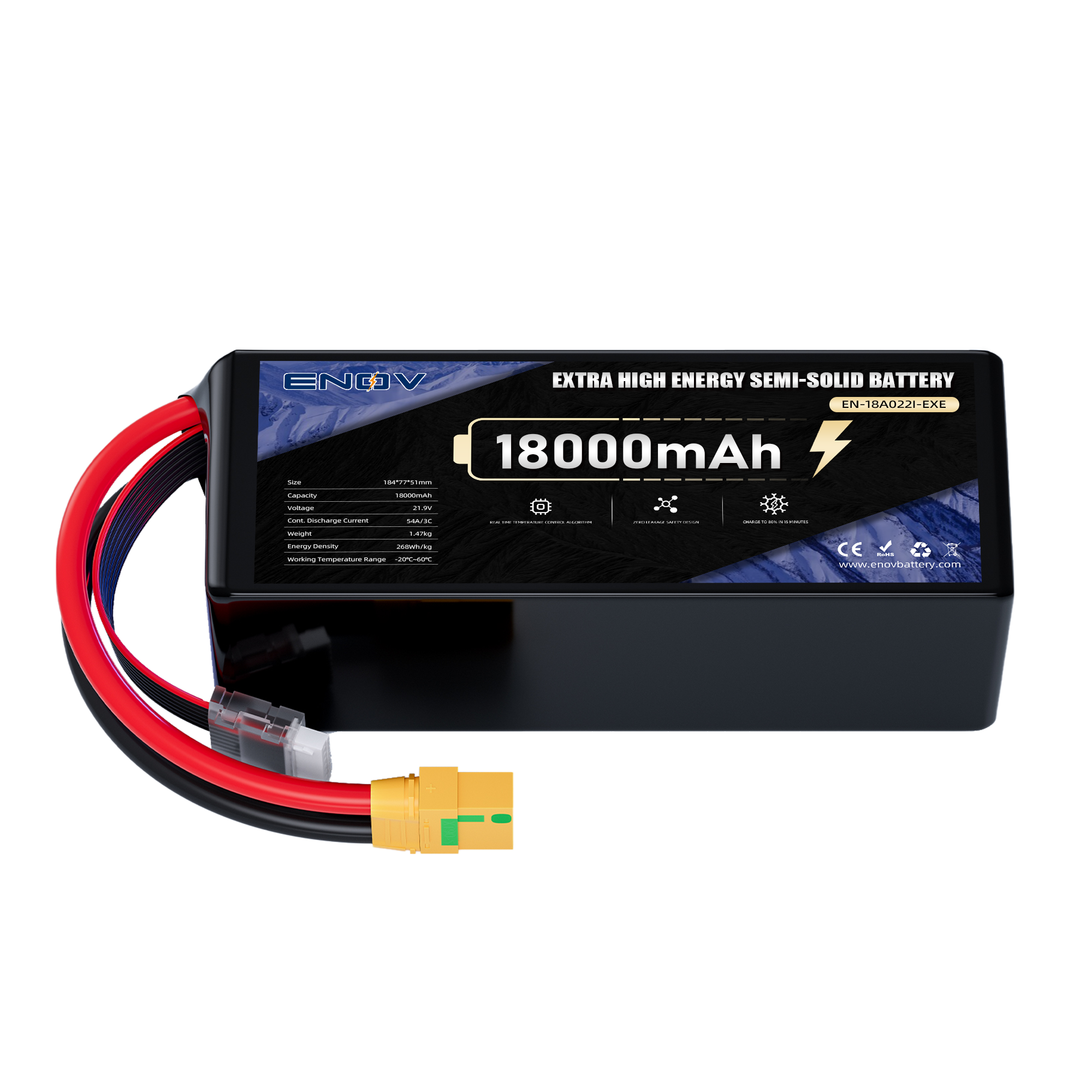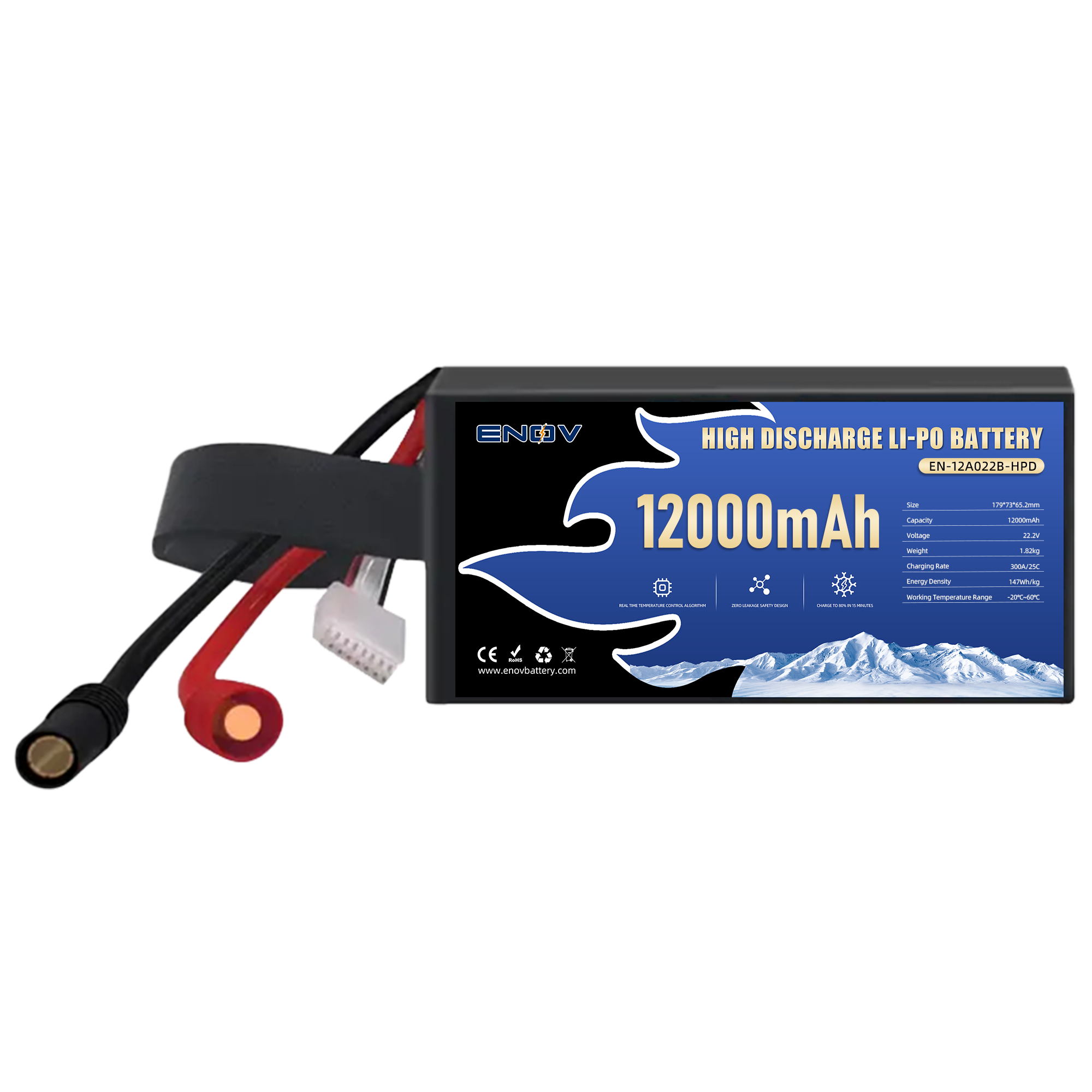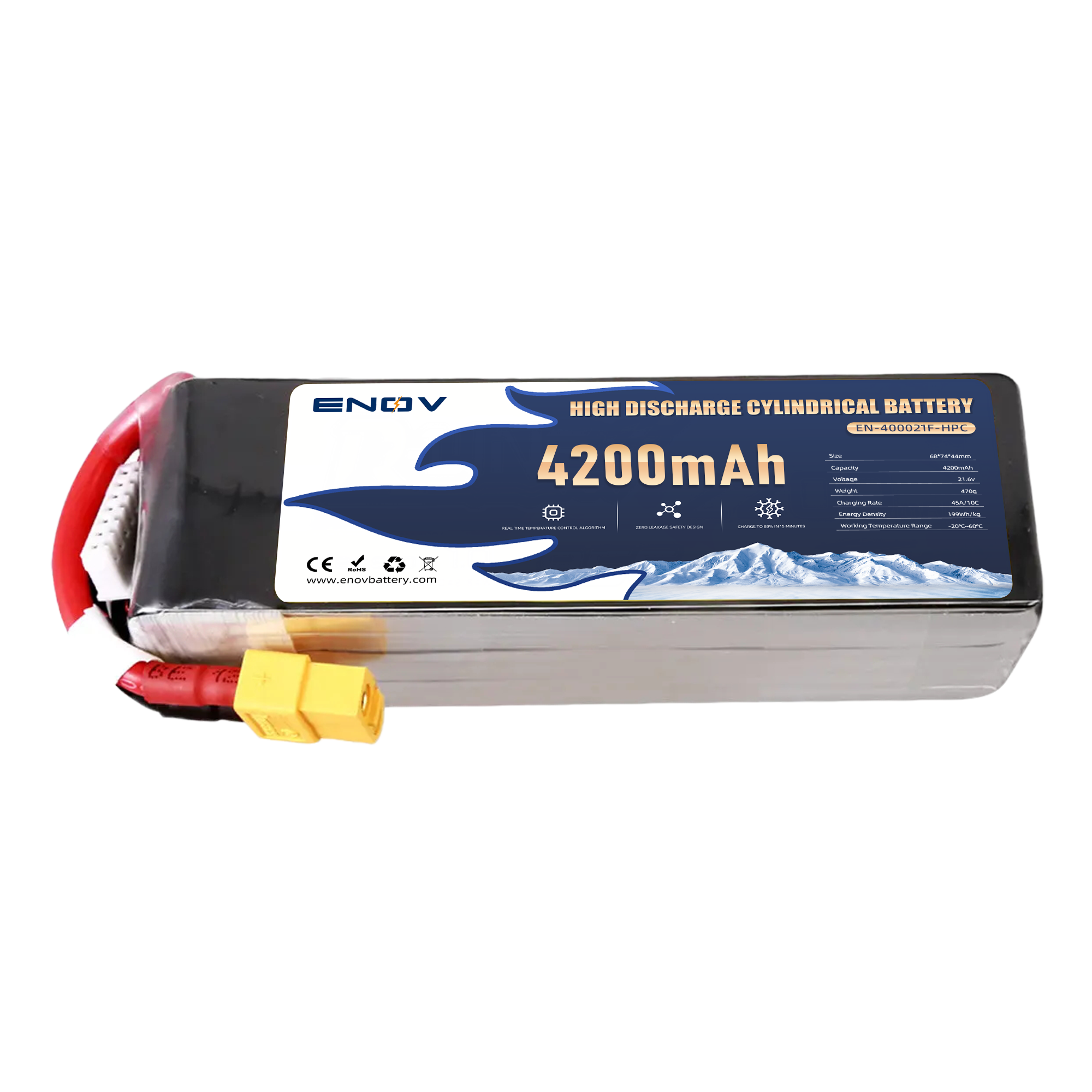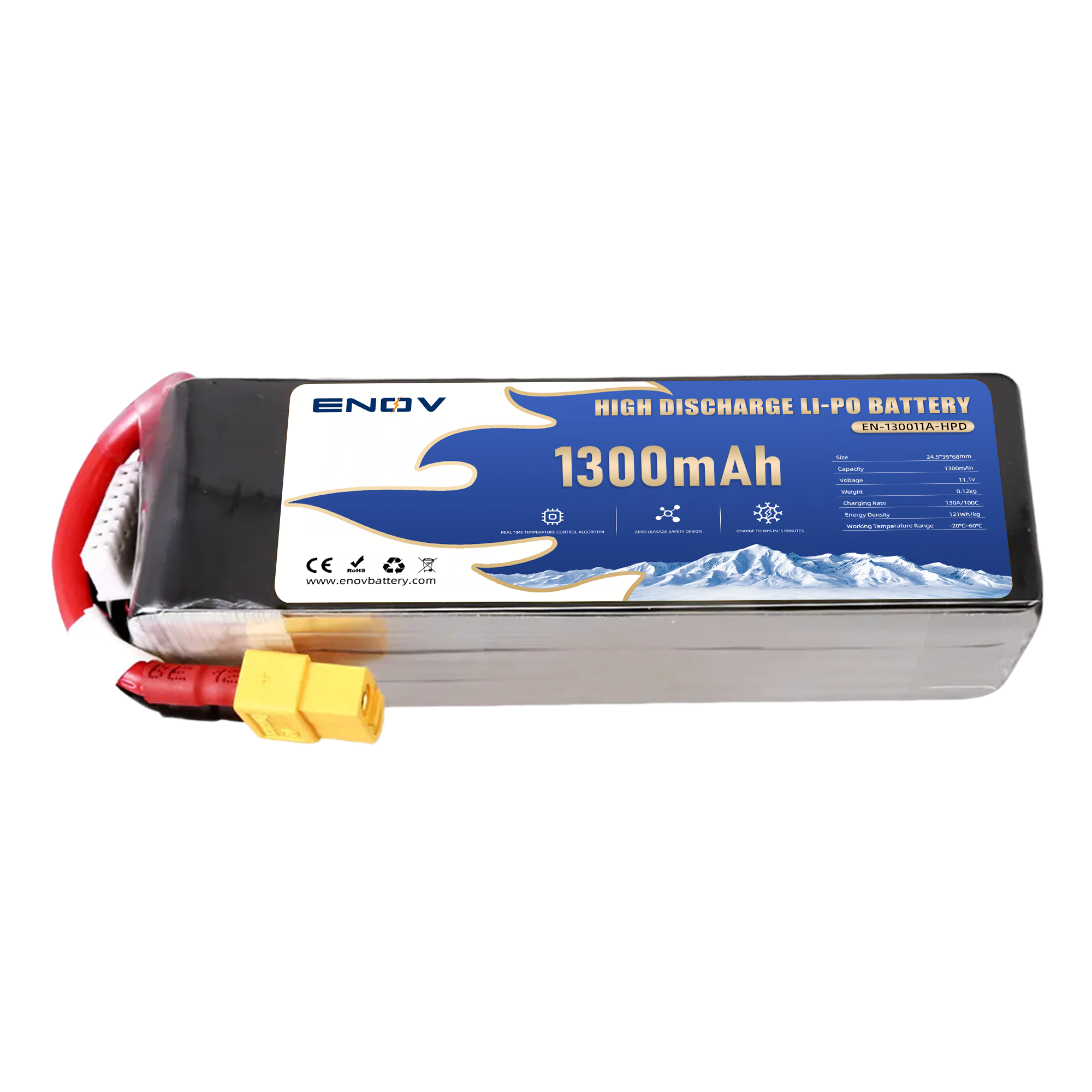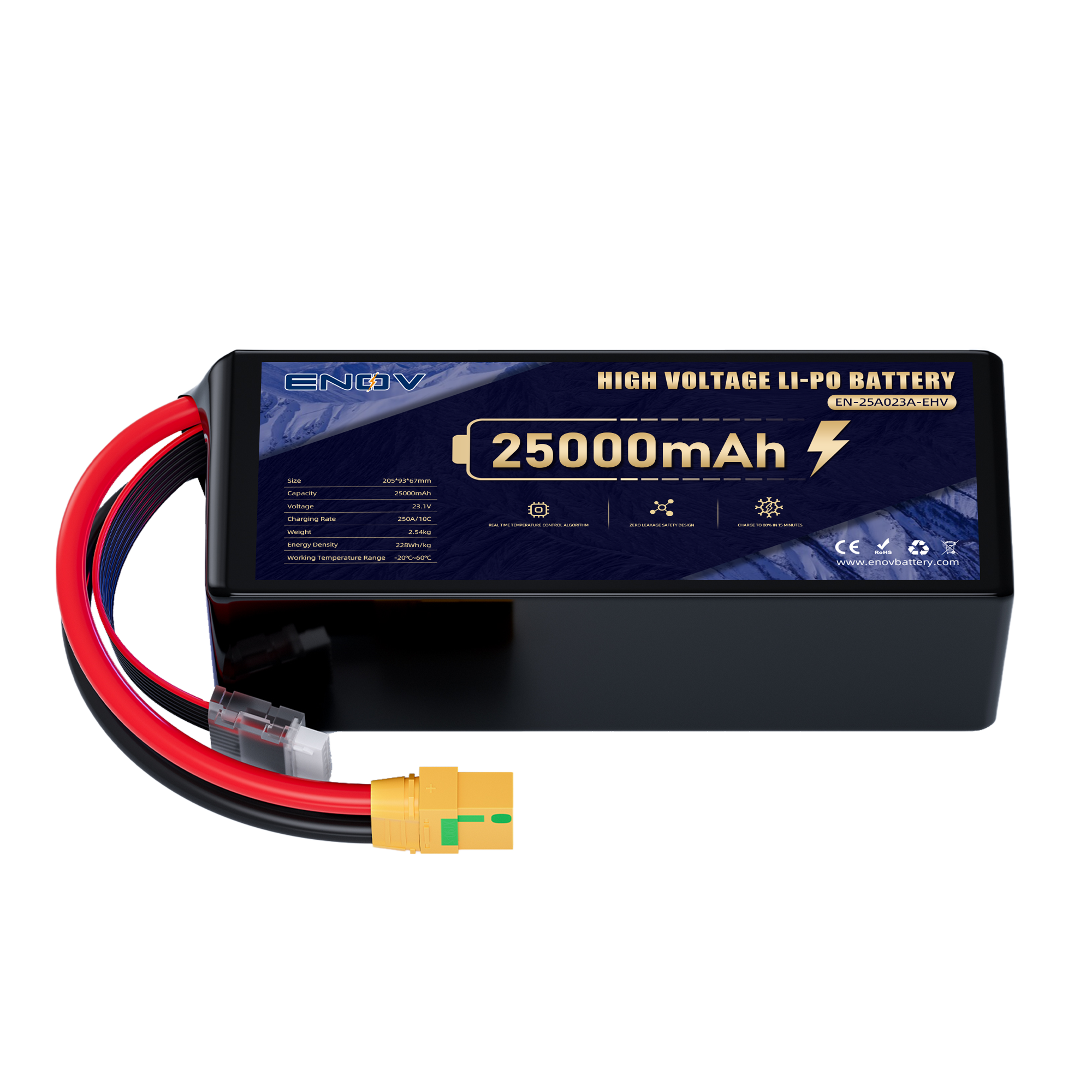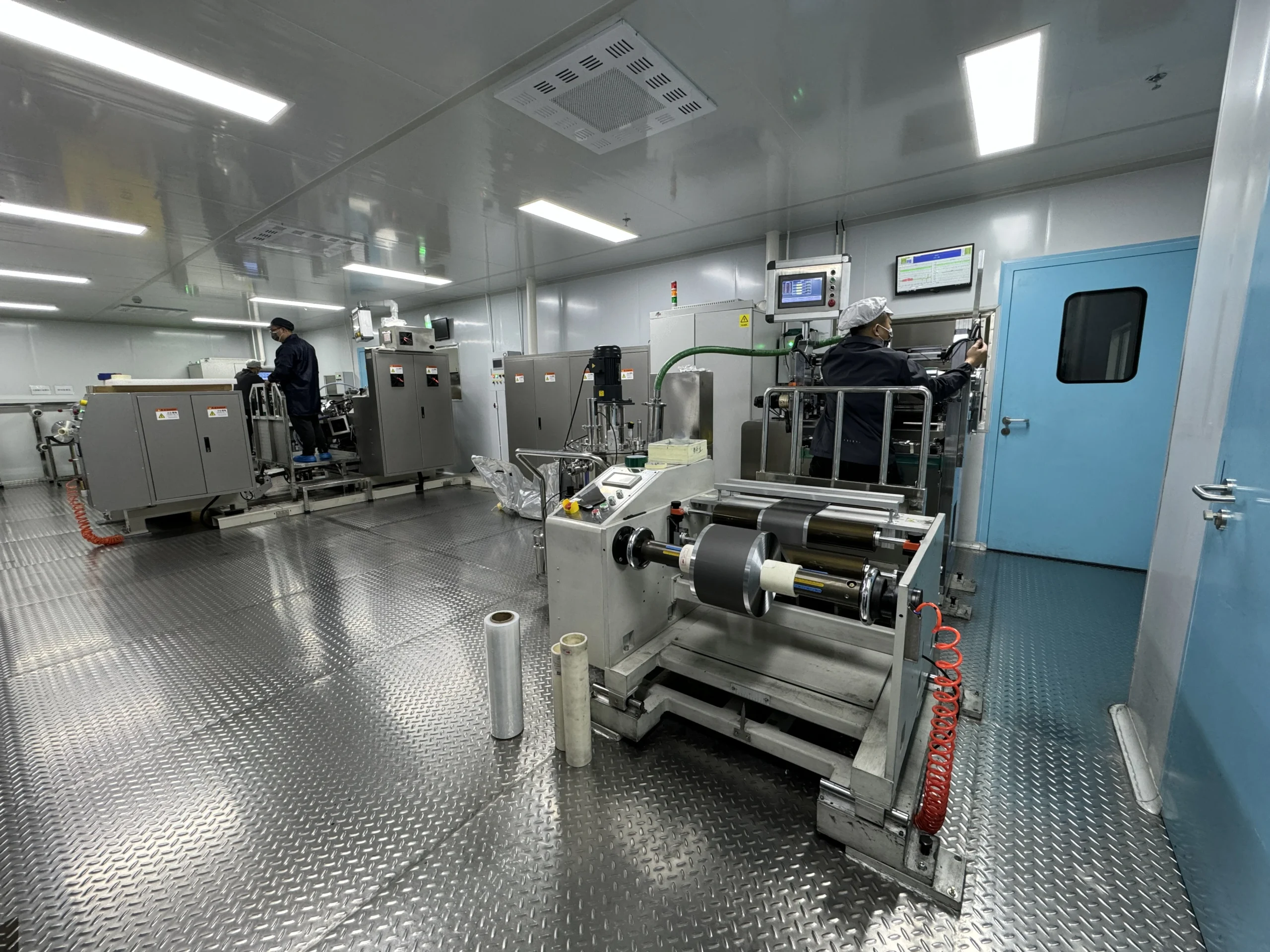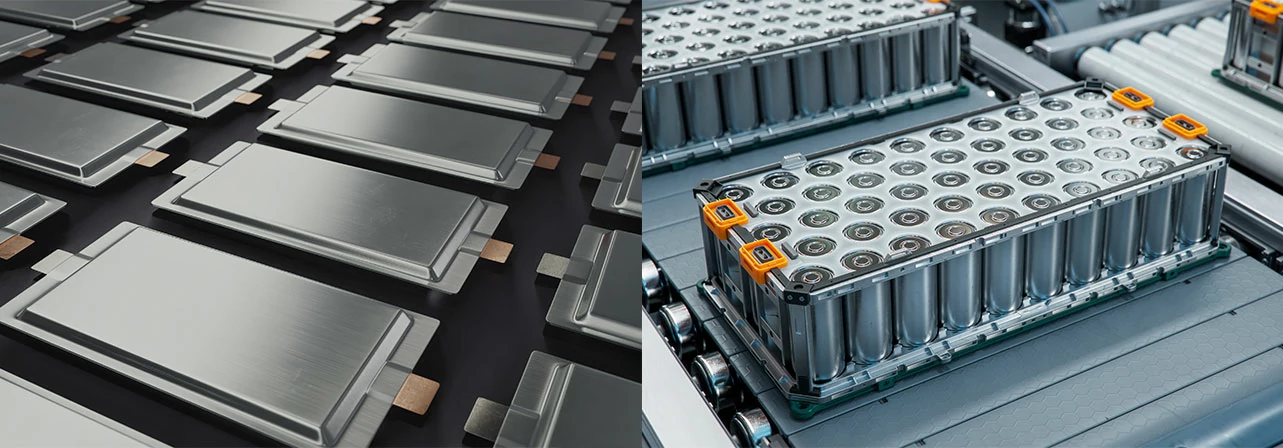Drone Battery Material Composition: Building High-Performance Power Systems
Drone battery material composition plays a pivotal role in balancing energy density, safety, and durability for modern unmanned aerial vehicles (UAVs).
As drones evolve to meet demanding industrial, commercial, and recreational needs, innovations in electrochemical materials, protective casings, and functional components have become critical. This article breaks down the three core material categories shaping today’s drone batteries, offering insights into their design and applications.
Uav battery material system
At the core of every drone battery lies its electrochemical system, which determines energy output and efficiency. Lithium-based chemistries dominate this space due to their lightweight properties and high energy density.
For instance, lithium-polymer (LiPo) batteries use a gel-like or solid polymer electrolyte, enabling flexible, thin designs ideal for compact drones . By contrast, lithium-ion (Li-ion) cells prioritize stability and longevity, making them suitable for heavy-duty applications like cargo delivery
Advanced cathode materials, such as lithium cobalt oxide (LiCoO₂) or lithium iron phosphate (LiFePO₄), optimize voltage stability and thermal resistance.
Meanwhile, graphite remains the standard anode material for its reliable ion storage . Recent breakthroughs include graphene-enhanced anodes, which boost conductivity and charging speeds, and silicon-based anodes that increase capacity by up to 30%
Protective materials ensure drone batteries withstand physical stress, temperature fluctuations, and environmental hazards. Aluminum-laminate casings, commonly used in LiPo batteries, provide a lightweight yet durable barrier against punctures and leaks . For high-stress applications like industrial drones, steel or aluminum shells offer added rigidity, though they slightly increase weight
Innovative encapsulation solutions further enhance safety. Heat-shrink tubing made from polyolefin or PVC absorbs impact during crashes, while 3D-printed TPU protectors shield battery corners—the most vulnerable points during collisions . Additionally, intumescent glass fiber cushions in specialized cases mitigate thermal runaway risks, a critical feature for batteries exposed to extreme conditions
Beyond core energy storage, auxiliary materials integrate intelligence and reliability into drone batteries. Battery management systems (BMS), equipped with microcontrollers and sensors, rely on high-precision components to monitor voltage, temperature, and cell balance . For example, MOSFETs (metal-oxide-semiconductor field-effect transistors) regulate current flow during charging, preventing overdischarge
Connectors and wiring also demand attention. XT60 connectors, made from copper alloys, handle currents up to 60A, ensuring stable power delivery for high-performance drones . Meanwhile, lightweight heat-dissipation materials like graphene-coated aluminum prevent overheating during rapid discharge . Emerging trends include wireless BMS modules and AI-driven predictive algorithms, which optimize battery lifespan through real-time data analysis
Conclusion
Drone battery material composition is a sophisticated interplay of chemistry, engineering, and innovation. From high-efficiency electrochemical cells to rugged protective casings and intelligent functional components, each material category addresses unique challenges in UAV performance. As drones push boundaries in logistics, surveillance, and beyond, advancements in battery materials will remain central to achieving longer flight times, enhanced safety, and sustainable operations.
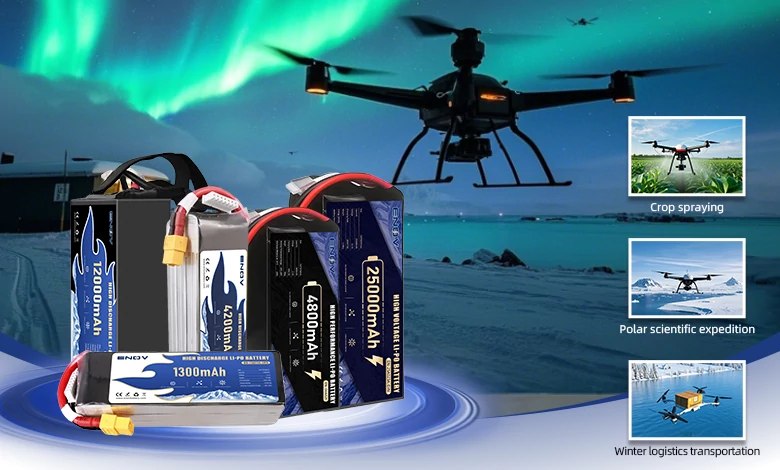
UAV DRONE battery
Enov UAV battery has the most advanced UAV battery new technology, it has a lightweight structural design, ultra-high energy density, stable continuous discharge, customized ultra-high instantaneous discharge, wide temperature working range, stable charge and discharge, battery materials can choose high nickel terpolymer positive/silicon carbon negative material system combined with semi-solid battery technology. Or choose a more mature application of more UAV lithium battery technology, available UAV battery nominal voltage 3.7V, capacity 18.0Ah ~ 30.0Ah, support 10C continuous discharge and 120C pulse discharge (3 seconds). With ultra-high energy density (220-300Wh/kg) as its core advantage, Enov UAV batteries can meet the needs of long-term endurance scenarios such as plant protection drones and transport drones, while maintaining stable emission performance in extremely low temperature environments (-40℃).
Other products
START-STOP LITHIUM BATTERY
LITHIUM ENERGY STORAGE BATTERY
QUICK INQUIRY
FAQ
Access to high frequency technical questions with one click, get accurate answers on product application, after-sales policy and customization process.
Service and Support
Get the latest product specifications, explore professional OEM/ODM customization services, click to open exclusive technical support and production solutions.
Become a Partner
We sincerely invite resources to interconnect, work together for win-win development, and immediately open a new chapter of strategic cooperation!
